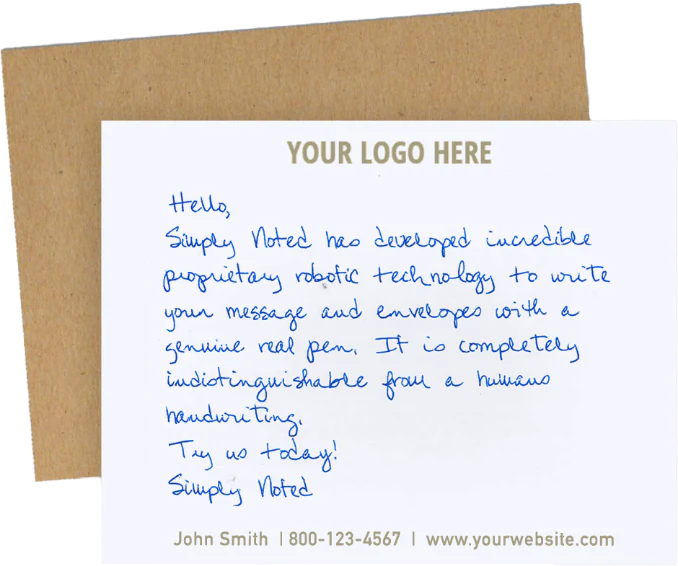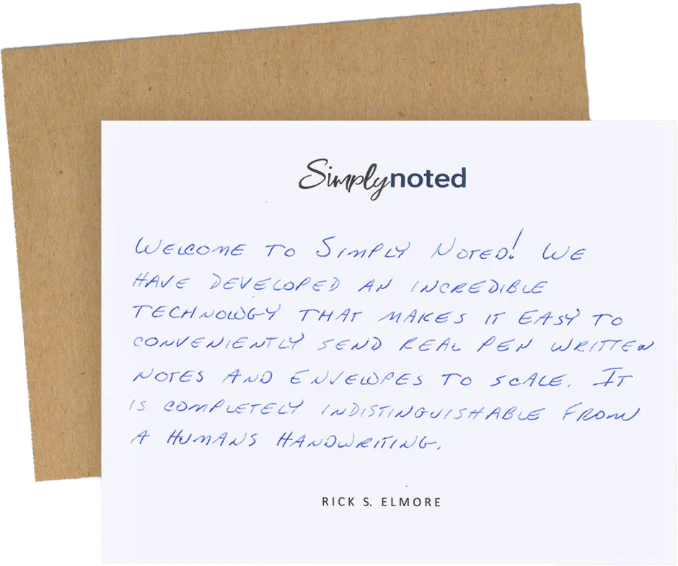Master Simple Beautiful Handwriting: Tips and Techniques for Elegant Script
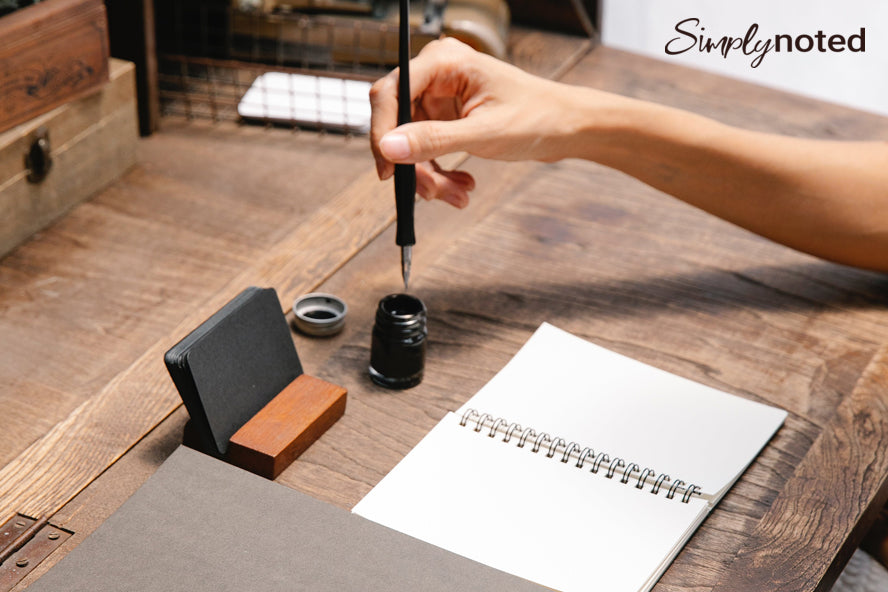
Master Simple Beautiful Handwriting: Tips and Techniques for Elegant Script
Have you ever admired someone’s beautiful handwriting and wished you could write elegantly and gracefully? Fear not! Improving your handwriting is a skill that can be acquired with practice and the right guidance. In this blog post, you’ll learn various tips and techniques to master simple beautiful handwriting, enhance legibility and style, maintain neatness, and create a personalized improvement plan.
Key Takeaways
- Master the basics of handwriting with the right tools, basic strokes, and consistent letter sizes for elegant script.
- Striking a balance between legibility & aesthetics is key to creating a beautiful writing style. Incorporate cursive practice for fluency & improved brain synapses.
- Personalize your plan, track progress, use digital resources/apps/software, and join online communities to reach your goals!
MASTERING THE BASICS OF SIMPLE BEAUTIFUL HANDWRITING
Focus on improving your handwriting style to create stunning penmanship. You need the right tools, knowledge of strokes, and consistent letter sizes for a strong foundation, leading to beautiful writing that is easier for others to interpret. Before mastering the basics, it’s important to recognize how pretty handwriting brings personality and creativity into written work and enhances legibility. To accomplish nice penmanship, you must practice these foundational elements, such as using correct materials, learning basic strokes, and making uniform letters in size, resulting in better handwriting overall!
Starting with the Right Tools
The most suitable writing tools are essential to creating a sound print handwriting foundation. What you use for writing and what kind of paper affects your potential to master neat script, vital in protecting against spam fraud and abuse. For instance, pens like the Pilot Falcon guarantee an effortless experience, while papers with good ink absorption help produce clear letters without smudging or blurring from bleed-throughs.
It’s beneficial for everyone when it comes down to finding just the right instruments that can be utilized according to their preferences as well as needs concerning neatness of handwriting, which is irreplaceable since no one has a similar style of this particular art form, so make sure you try out different types of pencils, markers and paper — all these will enhance the process anyway! Don’t forget: legible lettering means safer online transactions, too!

Learning Basic Strokes
Developing an English handwriting style begins with perfecting the basic strokes. These can look different in print and cursive, yet they all give a harmonious and steady writing appearance. In block handwriting, there are upstrokes, downstrokes, overturns, plus underturns, while for the script you should practice doing reverse ovals, undershoots/overturns, ascending curves(loops), descending turns (loops) as well as horizontal lines.
To sharpen these elements, it’s necessary to concentrate on constructing individual letter shapes and joining them together effectively. If starting from scratch, pen out small letters such as ‘a’ right through ‘z’ fluently. Once done, have words consisting of only those small-sized characters. Allocating time towards this kind of exercise eventually builds muscle memory, bringing forth more refined writing outputs.
Practicing Consistent Letter Sizes
A consistent letter size in your handwriting is essential for an orderly and professional look. Making sure that all letters have the same sizes, spacing, and angles not only makes it appealing to read but also ensures clarity when others try to interpret what you wrote.
To ensure uniformity of every character on paper, use the bottom baseline while practicing or using specific papers with grids. Pay special attention to how each word begins, as it will give away information regarding its shape throughout. Concentrate on these elements so you can reach an equilibrium between legibility and writing style, which gives off neatness at first sight plus efficiency in comprehending personalized content and ads more quickly by readership.
ENHANCING LEGIBILITY AND STYLE IN YOUR WRITING
As you progress in your handwriting journey, the next step is to enhance readability and create an aesthetically pleasing style. This means balancing visual appeal and legibility harmoniously by incorporating cursive writing practice into your routine. Beautiful penmanship looks attractive and makes understanding easier for readers as they can easily follow along with the text without much effort.
A biometric graphologist may remark that stylish handwriting reveals personality traits such as being open-minded, smart, imaginative, and zealous. So sharpening how one writes has more benefits than just improving its look! It helps show off who we truly are, too!
Striking the Balance: Legibility vs. Aesthetics
Maintaining an equilibrium between a pleasant appearance and clarity in handwriting is not always simple, but it’s essential for good penmanship. To achieve this balance, focus on the size of letters and their spacing from one another (kerning), pick an appropriate typeface style that contrasts thick to thin strokes, and ensure you have fine motor control when writing.
Examples such as Rusty ColaPen, Melany Lane, or DP Dork Diary display great combinations of legibility with aesthetic flair. Taking elements from these designs into your hand-lettering work can help create harmonious results while showing both beauty and readability.
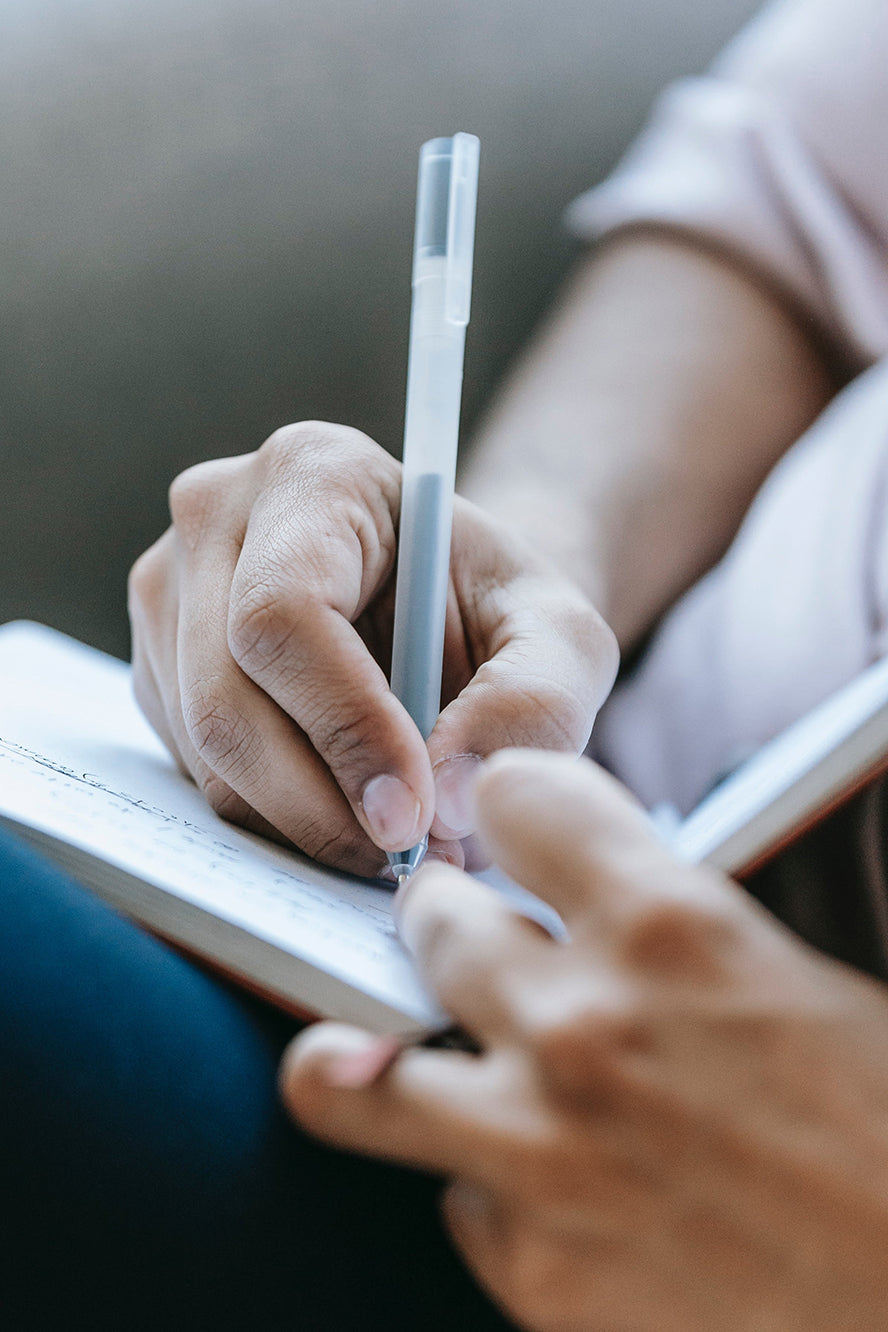
Incorporating Cursive Handwriting Practice
Practicing cursive can help you hone your writing skills and make it look smoother. To enhance the quality of handwriting, one needs to pay attention to certain elements such as letter formations, slope angles when forming letters, etc., and developing consistency in terms of these characteristics will result in a graceful and seamless flow for all the written work.
It also has other advantages, like boosting reading fluency and stimulating brain synapses while enhancing artistic expression with its unique style. Focusing on crowns and bridges, along with lowered bridge connections between different words, are essential steps toward perfecting cursive writing that radiates sophistication.
THE ART OF MAINTAINING NEAT HANDWRITING
Good handwriting is a craft that requires exactness and regular practice. Having the correct posture, grip, and writing speed is essential for maintaining your penmanship’s neat appearance. Not only does this display precision, it will also make your writing easier for others to understand. Here, we’ll delve into the elements necessary to conserve legible written work daily.
Preserving clear handwriting demonstrates your discipline and makes any documents look more attractive. Thus, knowing how to do so efficiently should become part of anyone’s routine if they want their handwriting quality not to deteriorate in time.
The main aspects involved involve proper body postures while holding pens or pencils, training one’s hands with different techniques required for such tasks, and gaining experience through constant repetition over long periods. By mastering these key components, you can be sure that both readability and consistency remain intact during future writing endeavors.
Importance of Proper Posture and Grip
Having neat handwriting requires good posture and grip when writing. To deliver and maintain, Google proper form, sit with your feet on the floor at a 90-degree angle to your knees. Lean towards the desk for maximum movement control during writing activities and evenly distribute between thigh lengths from ground level.
Hold a comfortable pen or pencil grasp using only the thumb, index finger, and middle finger without too much tension or slackness. Then, it rests its bottom against the hand surface and supports itself under the fingers, ensuring that these digits can smoothly command movements. This method increases accuracy and enhances speed levels, thus preserving legible handwriting overall.
Techniques for Speedy Yet Neat Writing
Developing legible handwriting with good speed can be accomplished by following certain methods. To improve, focus on enhancing hand strength and finger agility while applying lined paper as a guide to ensure accuracy and structure when writing.
It is essential to build penmanship proficiency through consistent practice that builds motor skills and memory for better habits over time. Using the tips outlined above helps you become competent in developing quick yet neat letter formation from your pen or pencil strokes without sacrificing readability or clarity of content.

PERSONALIZED HANDWRITING IMPROVEMENT PLAN
It is time to devise a personalized strategy to meet your individual needs and goals for better handwriting. You can create an effective plan by measuring your current penmanship, determining feasible objectives, and monitoring progress to achieve the desired result for lovely calligraphy.
Your tailored program helps you remain motivated, allowing constant adjustment between effort and expected outcomes. Let’s look at what you need to do when setting up this improved project so that beautiful handwriting becomes a reality!
Assessing Your Current Handwriting
To create a tailored plan, you must first examine your current handwriting. Examine letter shapes and connections, clarity of writing, uniformity, and any personal characteristics that come into play in your script. Make use of information from site statistics to gain an overall evaluation of how well you write.
Locate the areas where improvement is needed- connecting letters better or achieving more consistency, so those items can be included as part of the roadmap for enhancing success concerning meeting handwritten goals. This approach will help improve outcomes when striving for improved penmanship quality standards.
Setting Achievable Handwriting Goals
It is important to have a good grasp of your current handwriting skills to create achievable goals for improvement. Narrow down which areas you want improvement depending on your settings - letter shapes and formations, legibility, or writing speed. Then, construct smaller assignments with specific timelines that can be continually reviewed. Short-term plans may include making letters more uniform and crafting faster penmanship.
In contrast, long-term objectives could entail developing an individualized handwriting style that will appear the same throughout written work while managing neatness over lengthy periods without exhaustion. Forming attainable targets sustains commitment towards achieving a remarkable change in cursive capabilities.
Tracking Progress and Adjusting Techniques
If you want to attain the beautiful handwriting you seek, keeping tabs on your development is crucial. Various apps such as iWriteWords and Little Writer can measure progress, or a crayon/marker/sticker (depending on personal preference) could mark each letter’s starting point for practicing purposes.
As necessary, make corrections in how one writes. This includes striving for different writing tools, altering grip, and focusing intently on specific aspects of the manuscript that need refining. By being proactive yet adaptable with your techniques, there will be an improvement in overall handwriting capabilities!
DIGITAL TOOLS AND RESOURCES FOR HANDWRITING ENHANCEMENT
In the current digital age, there are numerous ways to help you advance your handwriting. From apps and software to online communities, these options give more assistance, instruction, and opportunities for practice, making improving your printing skills an enjoyable experience.
Good digital penmanship can protect against spam fraud in a dangerous online world. It would take site statistics to understand how it might show personalized ads depending on whether you have nice handwriting, but the benefit is you can maintain Google services.
Whether you want personalized material or ads tailored towards helping with this goal, interactive drills, or a place where progress can be shared - digital tools provide plenty of avenues to use cookies and data that make advancing one’s penmanship possible.
Apps and Software for Handwriting Practice
There are various tools to explore for handwriting improvement, such as GoodNotes, Handwriting Success App, and LetterSchool. These provide a full note-taking experience with support for recognizing what you write, the ability to track outages and protect all of Google's services, and protect your data from breaches.
To enhance their use, some applications may leverage cookies or other data collected on users’ behavior so that each individual gets an optimized session explicitly tailored toward them. At the same time, personalized ads will be shown depending on the preferences given by said user. Cursive Writing Apps like Narrator AR enable writing practice alongside detailed guidance for perfecting one’s script and extra resources to make this journey easier!
Online Communities and Support
Connecting to online networks and support systems can provide invaluable guidance, advice, and encouragement on your writing quest. Numerous places exist where you can discuss experiences, access resources, and follow development with others with the same interests. For example, Scribophile, Writing Forums, Mythic Scribes, and She Writes.
Being a part of these communities provides many advantages regarding audience engagement and site statistics, such as motivation and accountability, plus getting acquainted with wisdom from like-minded people passionate about handwriting/writing matters. You may reap full benefits by embracing collaboration and providing mutual assistance to realize goals related to writing challenges.
By considering all those aspects that come out of engaging in this kind of platform, you’ll likely gain good preparation needed for tackling difficulties associated with an even more effective resolution involving goals connected with Handwriting ability.
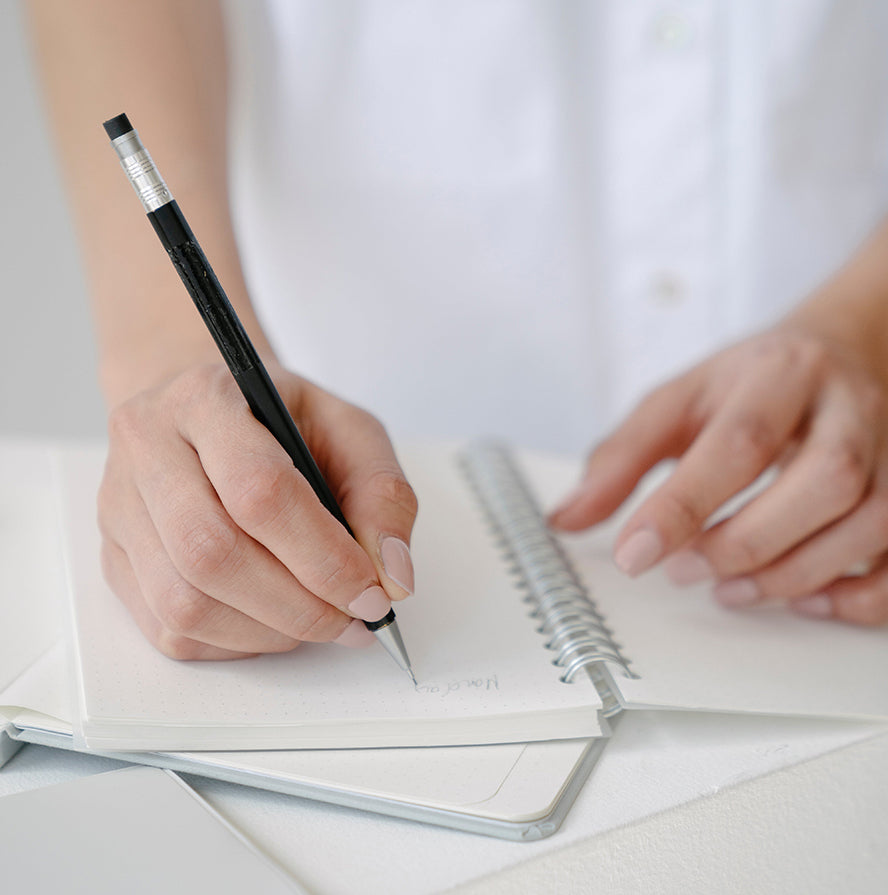
Summary
Ultimately, with the right guidance and resources, improving your handwriting is within reach. To achieve beautiful penmanship, it’s important to learn fundamentals while developing legibility and style. Always strive for neatness as well. Personalizing a plan of action can help you keep progressing in this venture that demands patience but rewards passion! Keep up with practice to ultimately create beautiful writing results!
Frequently Asked Questions
What are the essential tools for improving handwriting?
One should buy quality pens, pencils, and paper to improve handwriting. Tracking progress using appropriate apps or software is highly recommended to get guidance along the way.
How can I balance legibility and aesthetics in my handwriting?
For optimized handwriting, one should strive to balance legibility and aesthetics by adjusting the spacing between letters (kerning) and the typeface's size and introducing contrast in thickness strokes.
How can I maintain consistent letter sizes in my handwriting?
Practice sizing activities and utilize grid or modified paper, using the baseline line as a guide to keep letters consistent.
What are some effective techniques for writing quickly while maintaining neatness?
Developing stronger hands and fingers through regular practice and using lined paper to help guide writing are effective techniques for writing quickly while maintaining neatness.
How can I incorporate digital tools into my handwriting improvement plan?
Exploring digital resources such as apps, software, and online communities may be beneficial to get help with your handwriting improvement plan. These tools can offer practice exercises, feedback loops, and a supportive environment to aid you on this journey.

















